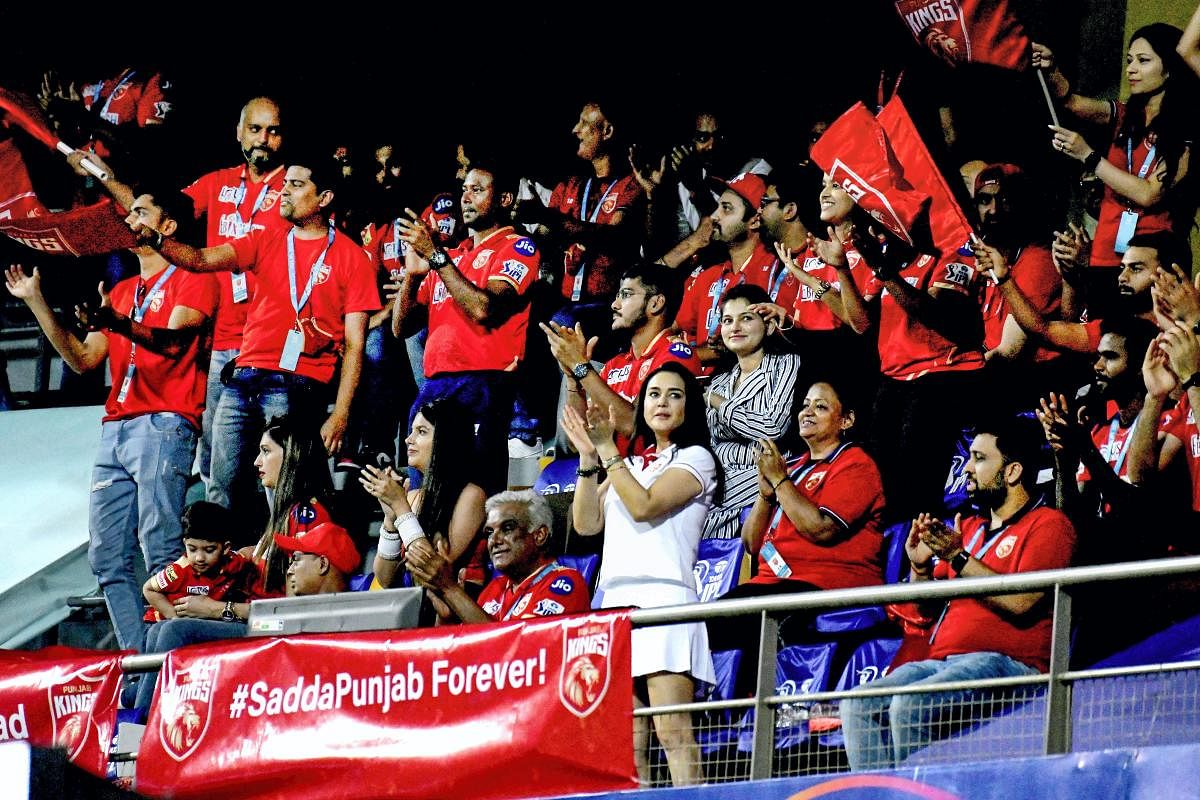
It is impossible to keep a tab on the number of professional sports leagues in the country, and yet those in the business of sport, keep churning them out.
Indian Premier League, Indian Super League, Premier Kabaddi League, Ultimate Kho Kho League, Premier Badminton League, Prime Volleyball League, Indian National Basketball League, Ultimate Table Tennis League, Pro Wrestling League, Super Boxing League, Super Fight League, Cue Slam... the list is endless, and this is only a reference to City-based national leagues.
Cricket alone has a number of State-leagues such as the Maharaja Trophy (formerly known as the Karnataka Premier League) or the Tamil Nadu Premier League and so on.
Reason being: the franchise model works, and it does so by giving communities a reason to feel involved and entertain a sense of camaraderie among those in close proximity. Perhaps it's easier to associate oneself with a state or a city than it is to, all at once, feel at one with an entire nation.
This isn't because of a lack of loyalty to the country at large, there is enough room for that sentiment when national teams partake in international events, but when the focus is narrowed, pitting cities against each other, audiences feel a sense of ownership. 'We'.
Lalit Modi, the then vice president of the BCCI and the brainchild of the IPL, had studied this effect by watching franchise-based leagues in the United States of America and Europe. All he and his merry men had to do was Indianise it a tad.
And so, Bollywood stars were integrated as owners and ambassadors. Cheerleaders were onboarded to give the average Indian fan more than he asked for. Cricket stadiums blared music. Pyrotechnics became a norm. VIP boxes were created to inspire aspiration among those in the stands, and those in the boxes themselves were made to feel far more important than they possibly were. Teams were colourful, players more so.
The platform, more pertinently, allowed a nobody to become a somebody in minutes. In a country where dreams often turn to dust, this was the yellow brick road.
"The IPL has been designed to entice an entirely new generation of sports fans into the grounds throughout the country. The dynamic Twenty20 format has been designed to attract a young fan base, which also includes women and children," Modi had said during the launch of the IPL.
On April 18, 2008, when Royal Challengers Bangalore faced Kolkata Knight Riders at the M Chinnaswamy stadium, IPL changed world cricket. That day, Indian sport changed too.
For obvious reasons, no other league has been as consistently successful nor as lucrative as the IPL, worth around Rs 50,000 crores at this point, but leagues in other sports have witnessed a significant spike in interest among enthusiasts when presented in the IPL mould.
Take football for instance: the I-League, constituted in 2007, was the premier competition in the country, one which pitted the best clubs in the country against each other, and yet when the All India Football Federation doled out the city-based module with the Indian Super League in 2014, the I-League fell out of demand.
Besides being better organised and marketed with intention, in a country where club culture was on the wane due to poor branding, a city-based club held everyone's fancy — the English Premier League bug had bitten the demographic. The difference isn't marked because I-League clubs too represent certain cities (States in some cases), but in franchise-ing a city, a conscious connection was forged.
The strategy adopted is different in the case of kabaddi and now Kho Kho because these leagues are targeted toward educating the youth about indigenous sports, and giving a largely unstudied 'small town' demographic a reason to tune in. All the while tweaking the rules and offering enough visual stimuli to keep the audience craving more.
Here, relatability is used to market the sport, and the money coming in via streaming rights, television rights, ticket sales and so on is significantly better than what was. Therefore, while it is plentiful for the organisers to enjoy, the lives of the athletes are also bettered.
Of course, these leagues do force conversations questioning the integrity of athletes and their commitment to the national sides, and in some cases, these are valid concerns to have. But those who perpetuate this narrative must also acknowledge that India as a sporting nation would not be in as good a health if it wasn't for the part-industrialisation of sport.
There is every reason to believe that every organised sport in the country will attempt a franchise-based league in time to come. With history as a testament, many of these leagues will fail and some will shine. That's a gamble worth taking because waiting for something to happen organically is not an option anymore.